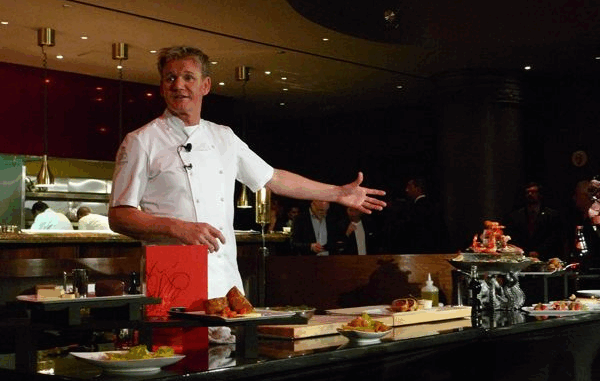
It promised to revolutionize the restaurant industry. Instead, it vanished—and so did the people behind it.
Gordon Ramsay’s face is everywhere: on billboards, streaming services, menus, and in viral clips of him screaming in kitchens. But one show—“24 Hours to Hell and Back”—was quietly canceled after three seasons, and no one officially explained why. What happened?
Behind the fast-paced edits and dramatic countdowns, insiders say the series turned into a pressure cooker of legal disputes, emotional fallout, and ethical questions—far too explosive for even Ramsay to handle.
In theory, 24 Hours to Hell and Back was a supercharged version of Kitchen Nightmares. Ramsay had just 24 hours to transform a failing restaurant with a secret camera investigation, surprise confrontation, renovation, and relaunch. It was intense, addictive, and wildly successful—until it wasn’t.
Multiple former crew members have anonymously revealed that production was grueling, with staff reportedly working over 18-hour days, often under stressful and chaotic conditions. “There were times when we barely slept. And we weren’t the only ones—some restaurant owners broke down completely,” one source claimed.
One particularly dark incident involved a family-run restaurant in Texas. After Ramsay’s intervention, the owners spoke to local news outlets claiming that they felt “manipulated, misrepresented, and emotionally traumatized.” They said scenes were heavily edited to portray them as disorganized and hostile, when much of the drama had been manufactured or pushed by producers.
The most serious allegations came from a lawsuit filed by a former participant in 2021, who alleged verbal abuse and defamation. The case was settled quietly out of court—but it shook the network.

While the show never publicly addressed the legal tensions, the signs were clear. Ratings had started to dip. Online backlash grew louder. Even loyal fans began to question whether Ramsay’s “rescue missions” were doing more harm than good.
Then came the final blow: a string of restaurants that closed down shortly after being featured. Critics started calling it “The 24-Hour Curse.” Despite the millions poured into marketing, the show had become a liability rather than a lifeline.
Fox never issued a formal cancellation announcement—the show simply disappeared. No fourth season. No farewell. Just silence.
What stings most for some fans is the realization that reality may not have been real at all. One former contestant, who asked not to be named, said Ramsay barely spent more than a few hours at their restaurant. “He flew in, filmed for three hours, then vanished. Everything else was producers, set designers, and off-camera consultants.”
As Ramsay continues launching new ventures—most recently Gordon Ramsay’s Food Stars—he seems to be distancing himself from the wreckage left behind. No tweets, no interviews, no mention of 24 Hours to Hell and Back in recent years.
Was the show too toxic to continue? Or was it simply too revealing of how far reality TV can go to manufacture chaos for ratings?
For now, the silence speaks volumes.
